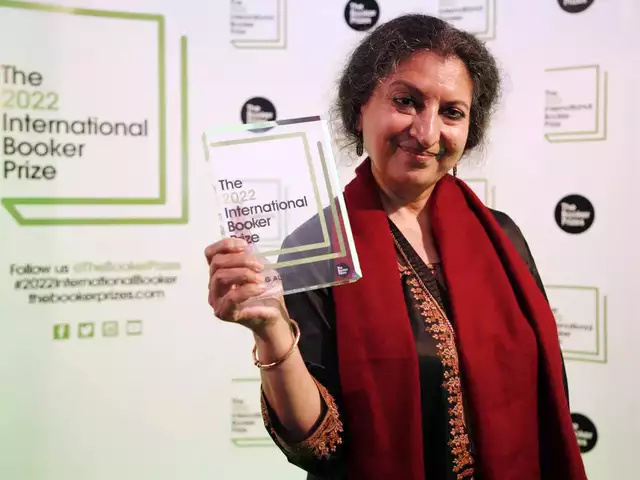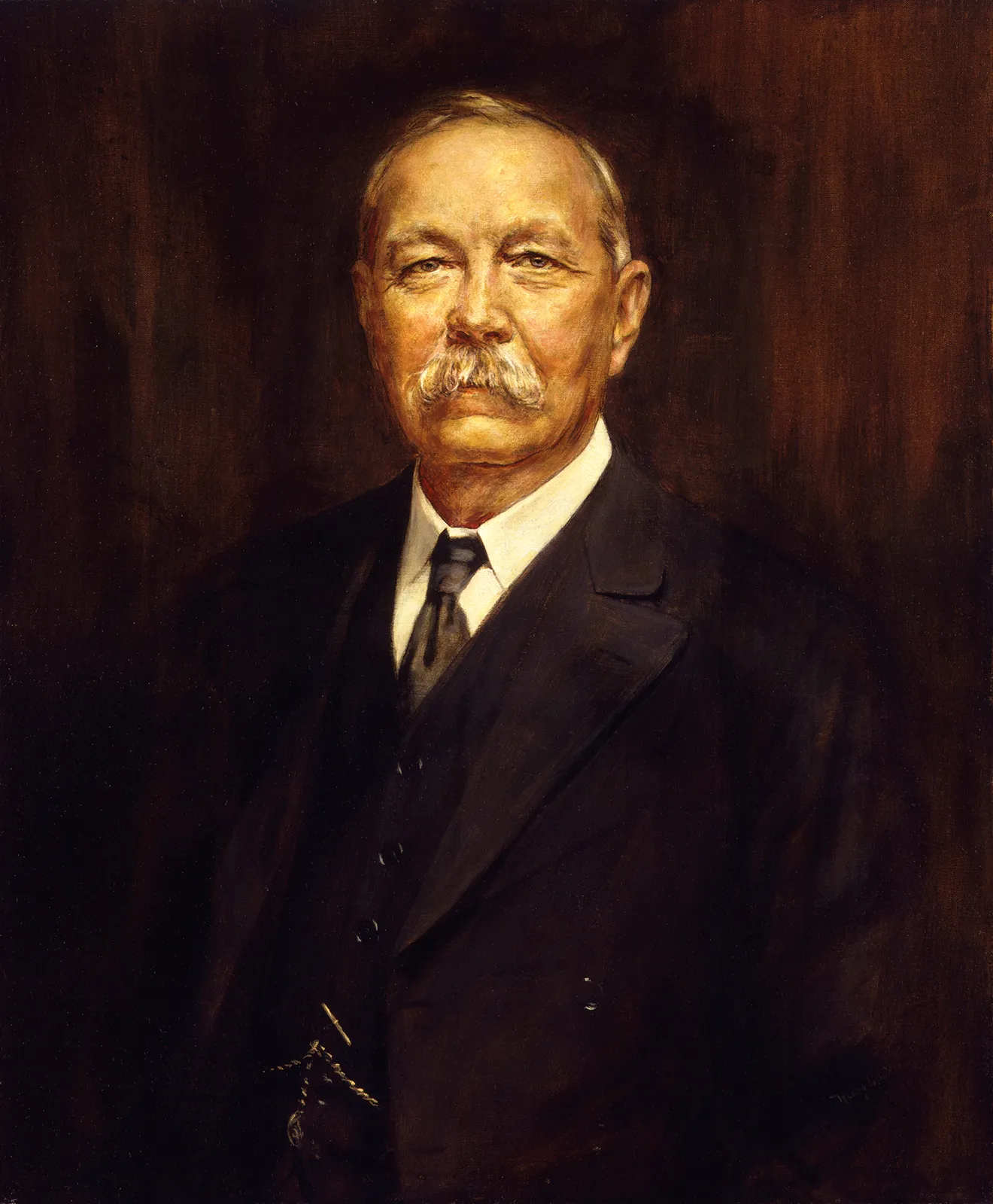WHO INDIAN AUTHOR WON THE FIRST INTERNATIONAL BOOKER PRIZE?

Geetanjali Shree has become the first Indian author to win the prestigious International Booker Prize for her "utterly original" Hindi novel "Tomb of Sand", a family saga set in northern India about an 80-year-old woman who travels to Pakistan to confront the unresolved trauma of her teenage experiences of Partition and re-evaluates what it means to be a mother, a daughter, a woman and a feminist.
At a ceremony in London on Thursday, the 64-year-old New Delhi-based writer said she was "completely overwhelmed" with the "bolt from the blue" as she accepted her 50,000-pound prize, and shared it with the book's English translator Daisy Rockwell. The prize is split between author and translator equally.
"Tomb of Sand", originally "Ret Samadhi", is set in northern India and follows an 80-year-old woman in a tale the Booker judges dubbed a "joyous cacophony" and an "irresistible novel".
"I never dreamt of the Booker. I never thought I could. What a huge recognition, I'm amazed, delighted, honoured and humbled," said Shree in her acceptance speech. "There is a melancholy satisfaction in the award going to it. 'Ret Samadhi/Tomb of Sand' is an elegy for the world we inhabit, a lasting energy that retains hope in the face of impending doom. The Booker will surely take it to many more people than it would have reached otherwise, that should do the book no harm," she said.
Reflecting upon becoming the first work of fiction in Hindi to make the Booker cut, the author said it felt good to be the means of that happening. "But behind me and this book lies a rich and flourishing literary tradition in Hindi, and in other South Asian languages. World literature will be richer for knowing some of the finest writers in these languages. The vocabulary of life will increase from such an interaction," she said.
Rockwell, a painter, writer and translator living in Vermont, US, joined her on stage to receive her award for translating the novel she described as a "love letter to the Hindi language". "Ultimately, we were captivated by the power, the poignancy and the playfulness of ‘Tomb of Sand’, Geetanjali Shree's polyphonic novel of identity and belonging, in Daisy Rockwell's exuberant, coruscating translation," said Frank Wynne, chair of the judging panel.
This is a luminous novel of India and Partition, but one whose spellbinding brio and fierce compassion weaves youth and age, male and female, family and nation into a kaleidoscopic whole," he said.
The book's 80-year-old protagonist, Ma, to her family's consternation, insists on travelling to Pakistan, simultaneously confronting the unresolved trauma of her teenage experiences of Partition, and re-evaluating what it means to be a mother, a daughter, a woman, a feminist.
The Booker jury was impressed that rather than respond to tragedy with seriousness, Shree's playful tone and exuberant wordplay resulted in a book that is "engaging. funny, and utterly original", at the same time as being an urgent and timely protest against the destructive impact of borders and boundaries, whether between religions, countries, or genders.
Picture Credit : Google
